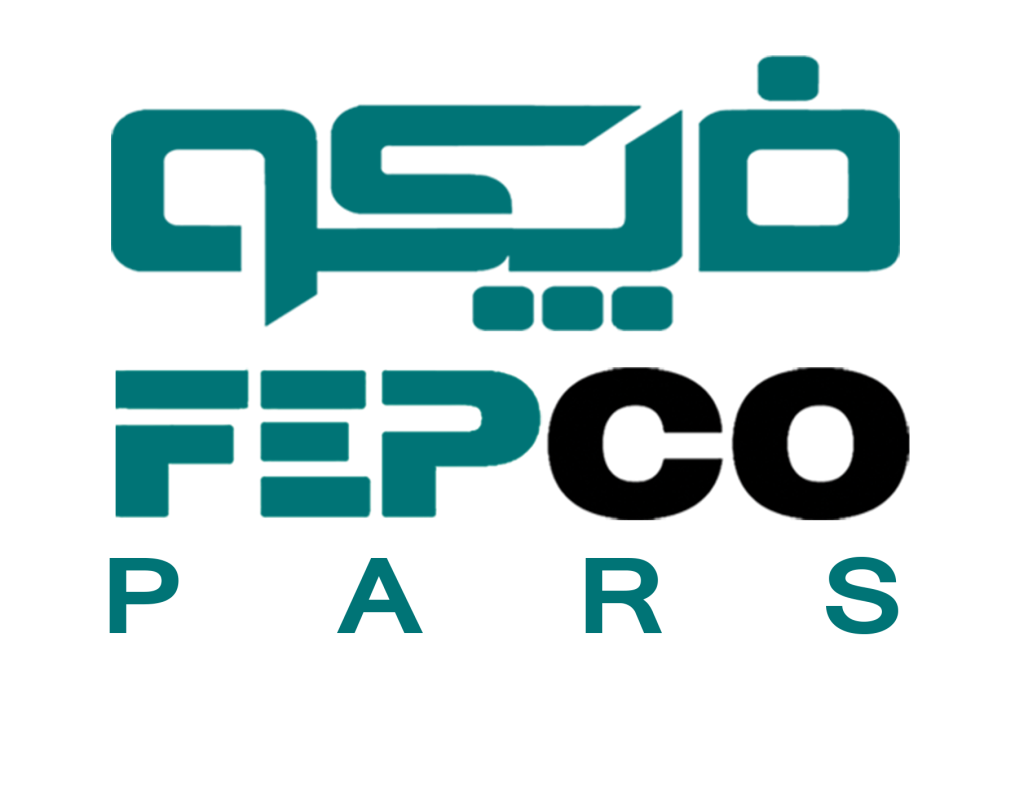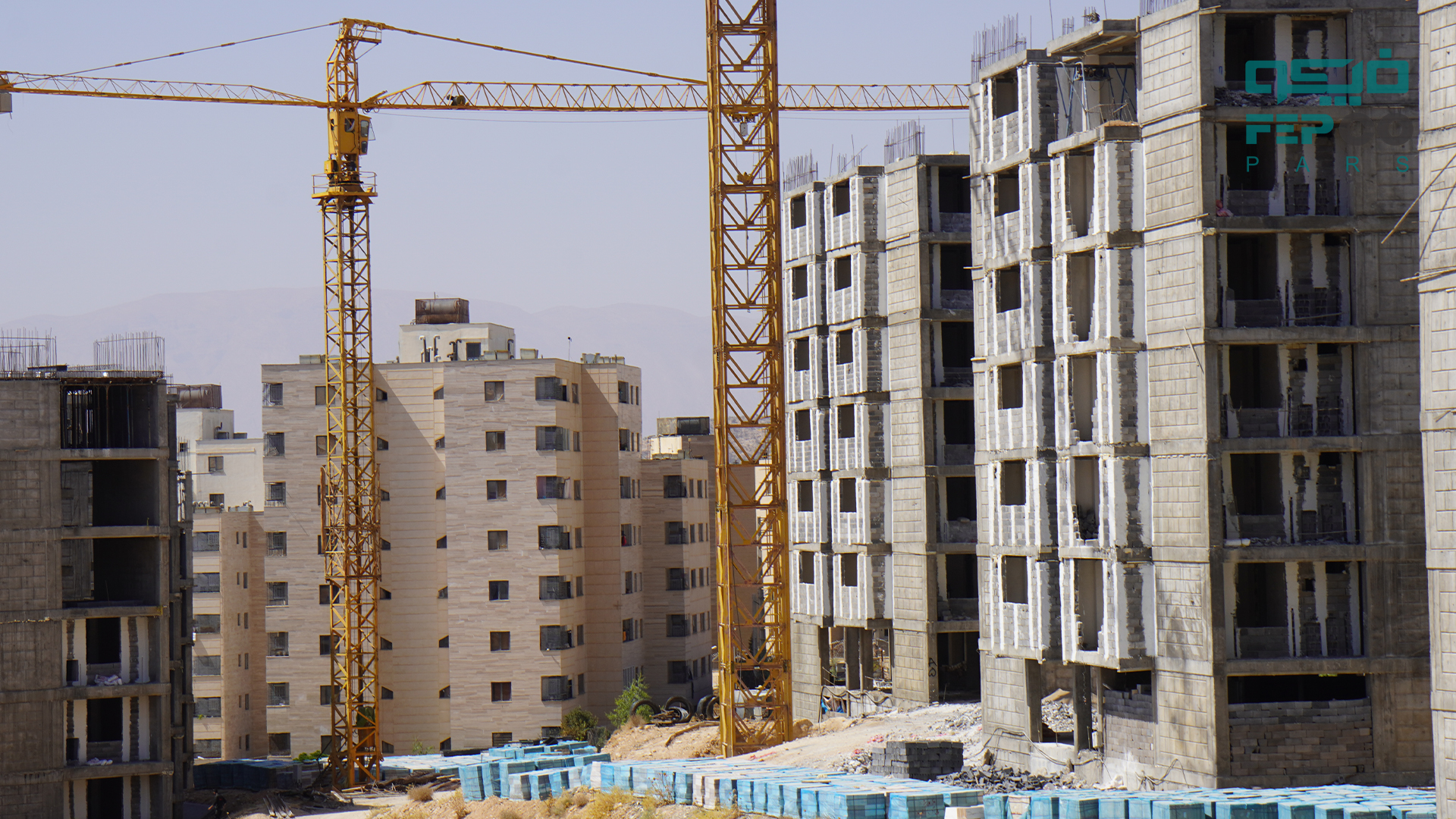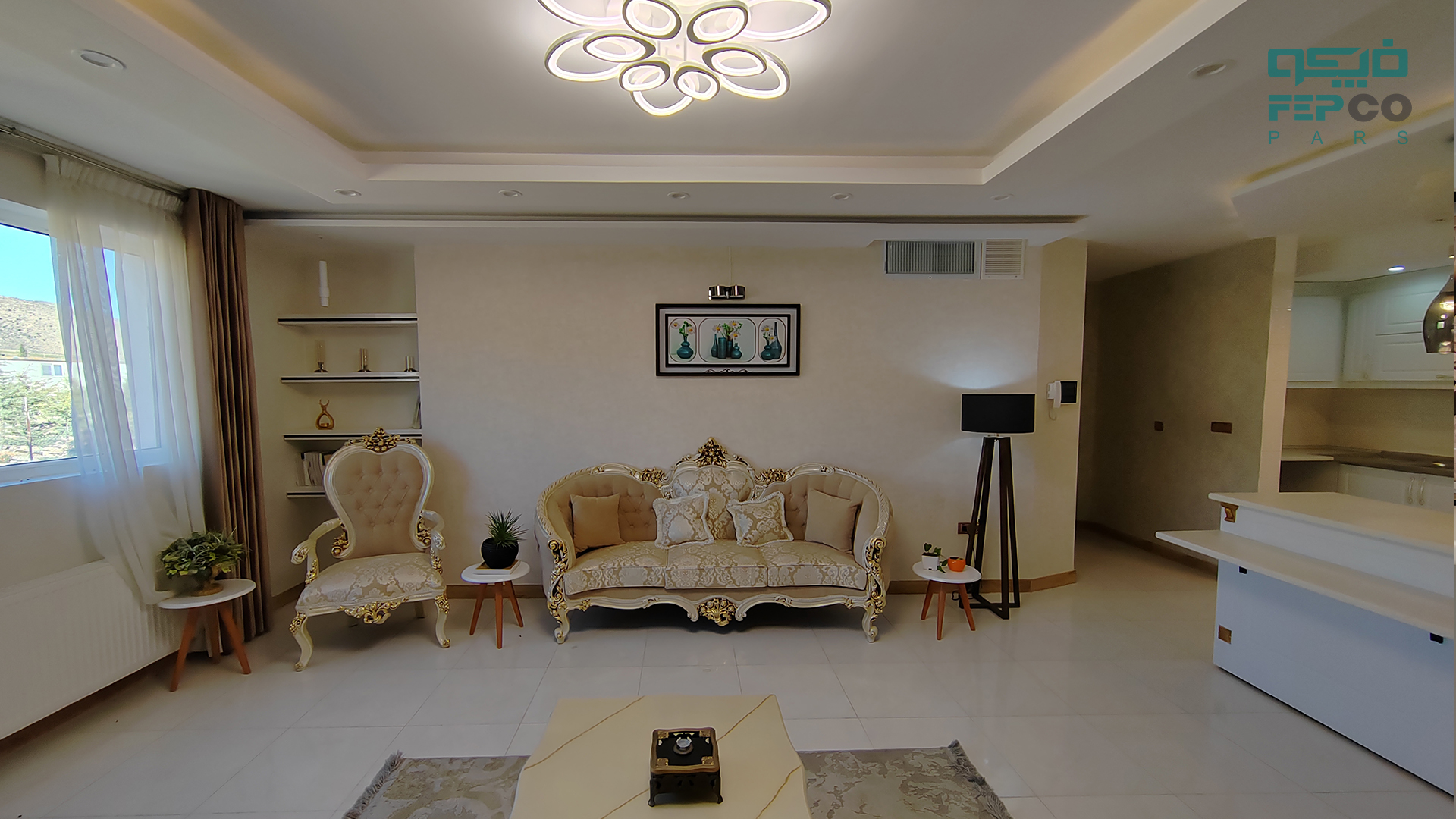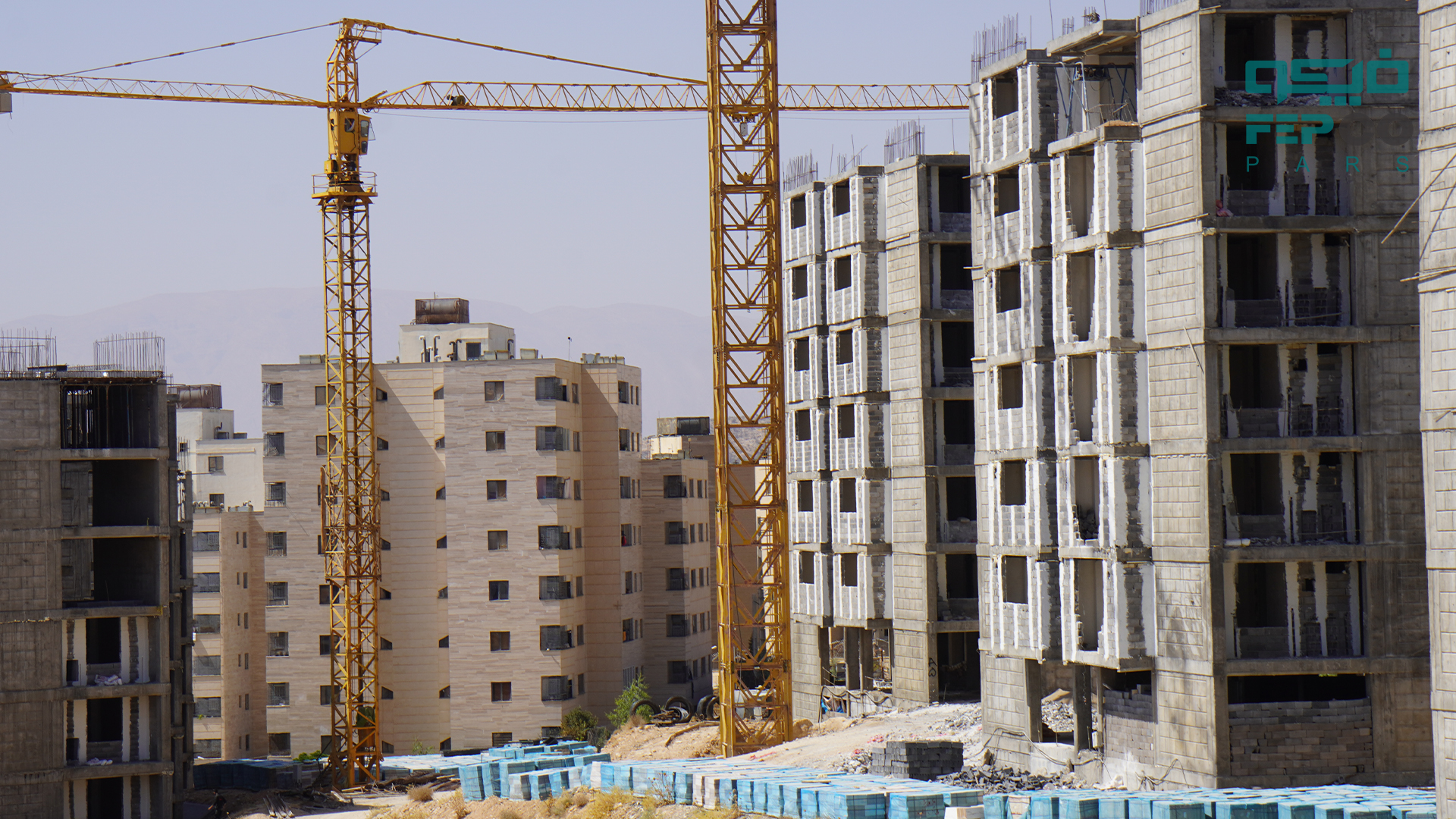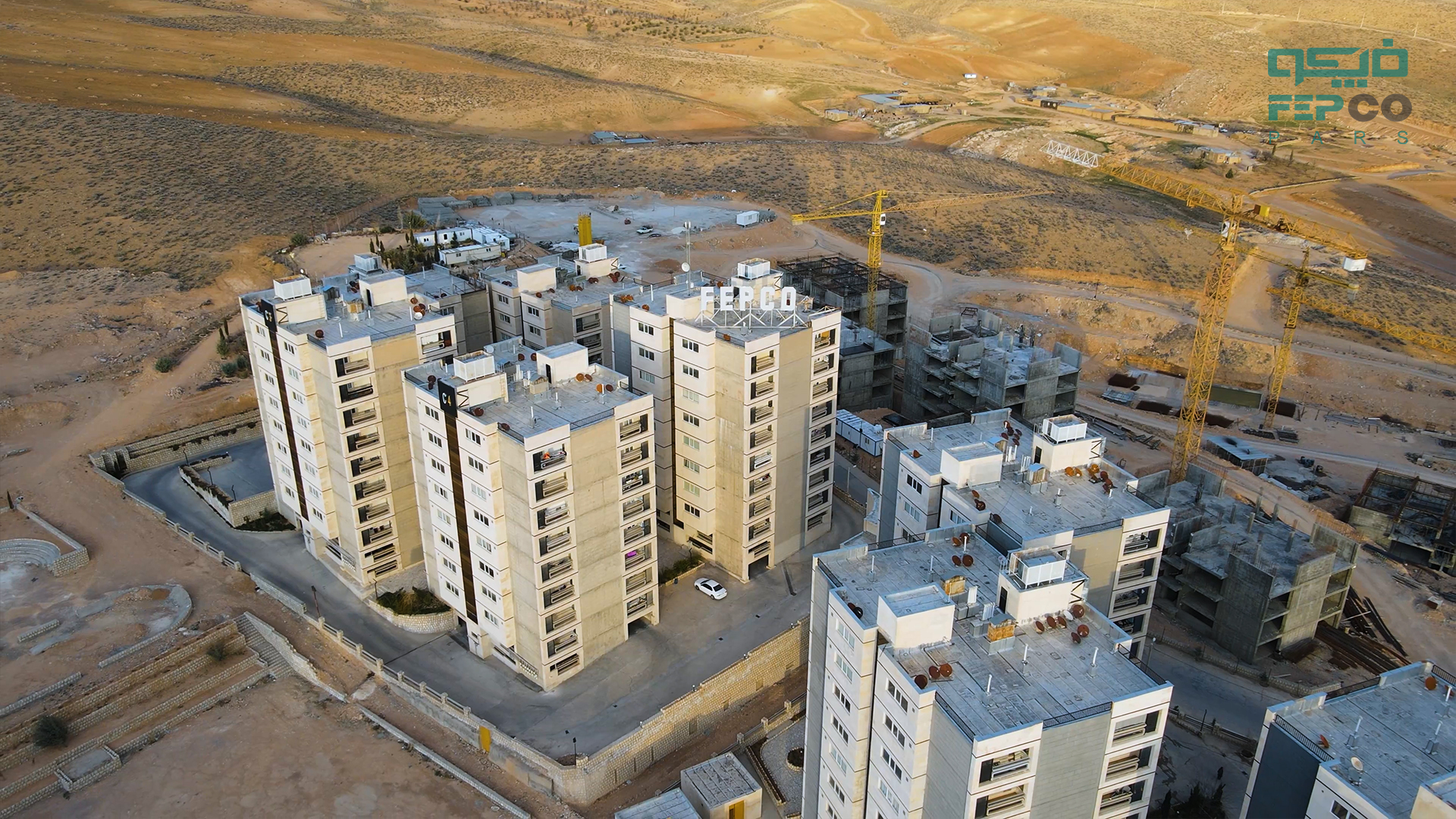The transformation of architecture from traditional to modernism and then to neo-modernism has been directly influenced by cultural and technological changes. Cultural reflection in architecture plays a significant role in defining the identity of built spaces, while the incorporation of technology has fundamentally altered design and construction methods.
In the era of traditional architecture, structural and decorative elements were heavily influenced by local culture and traditions. However, with the advent of modernism, new technologies, including the use of advanced materials and construction systems, steered architecture away from traditional norms, introducing new forms and designs.
The transition from modernism to neo-modernism has also emphasized the merging of traditional and modern architectural elements. Neo-modernism aims to create innovative forms that reflect culture and architectural history by utilizing new technologies while preserving traditional values. This period, due to rapid technological advancements, has witnessed the increased use of advanced techniques in both design and construction, ultimately leading to contemporary architecture and modern design practices.
This article aims to examine the leap from traditional architecture to modernism and analyze the role of culture and technology in these transformations. The future of architecture is closely intertwined with the impact of technology on neo-modern design, and these changes have not only reshaped architectural styles and methods but also influenced society’s perception of architecture and living spaces.
Fepco ( Saman Mechanic Farayand Process Energy Pars ), committed to the study and analysis of significant changes in technical and engineering fields, strives to enhance design and architectural processes in various projects by integrating modern knowledge and advanced technologies. This research, based on reliable data and scientific analysis, examines the influential role of technology and culture in the evolution of architecture from traditional to modernism and neo-modernism.
The evolution of architecture from traditional to modernism was shaped by a combination of significant social, economic, cultural, and technological factors.
Key Factors in the Transformation of Architecture from Traditional to Modernism:
1. Technological Advancements
One of the most important drivers of architectural transformation was technological advancement. The introduction of new materials such as steel and reinforced concrete, the use of large glass panels, and modern construction systems enabled the design of taller buildings and more complex structures. These advancements allowed architects to break free from the limitations of traditional architecture and embrace innovative designs.
2. Cultural and Social Changes
During the modernist era, society experienced significant cultural and social transformations. Urbanization, industrialization, and changes in social structures required new architectural spaces. Traditional architecture, which was primarily based on the needs of rural and local communities, could no longer meet the complex demands of rapidly growing cities.
3. Impact of Industrialization
The Industrial Revolution had a profound impact on architectural transformation. The mass production of building materials, new machinery, and modern construction processes increased the speed of construction and reduced costs. These advancements led to a demand for more efficient, industrial, and modern buildings, resulting in simpler and more functional modern architectural forms.
4. Population Growth and Urbanization
Population growth and urbanization led to the need for high-rise buildings, affordable housing, and larger public spaces. Modern architects sought solutions to these challenges, and modern architecture emerged as a response to the needs of densely populated and industrial cities.
5. Aesthetic Shifts
A key aspect of architectural transformation was the change in aesthetic principles. Modern architects sought to distance themselves from intricate traditional ornamentation and emphasized simplicity of form, functionality, and material honesty. These aesthetic shifts led to the development of styles such as Modernism and Bauhaus.
6. Philosophical and Intellectual Movements
Intellectual movements such as Modernism in philosophy and art played a significant role in architectural transformation. These movements emphasized innovation, progressivism, and the rejection of past traditions, encouraging architects to move away from traditional rules and forms in favor of new methods and designs.
7. Need for More Functional Spaces
During the modern era, functionality and utility became crucial in building design. Architects sought to create buildings specifically designed to meet the needs of their users, prioritizing function and efficiency over decorative elements.
8. Impact of Modern Culture and Lifestyle
The modern lifestyle, characterized by individual freedoms, social movements, and changes in family structures, created a demand for new and different spaces. Modern homes were no longer just places to live but also spaces for expressing individual identity and addressing the new needs of modern humans.
These factors collectively brought about a significant transformation in architecture, evolving it from a traditional art form into a modern and advanced science that continues to evolve.
The connection between traditional and modern architecture is visible in various aspects of architectural design and structure. Architects, aiming to preserve the authenticity and identity of traditional architecture while incorporating modern technologies and principles, have created styles that blend both approaches. Below are some important aspects of this fusion.
Design and Structural Aspects of the Fusion Between Traditional and Modern Architecture:
1. Use of Traditional Materials in Modern Structures
Modern architects often combine traditional materials such as wood, brick, and stone with modern materials like steel and glass. This blend gives buildings a modern appearance while maintaining the warmth and authenticity found in traditional architecture. For instance, the use of stone walls in modern structures can evoke the indigenous architecture of a region.
2. Traditional Geometric Forms with Modern Execution
Many of the geometric patterns and forms used in traditional architecture are still employed in modern architecture but are executed using new construction methods and technologies. This can include the use of domes, arches, or decorative screens, which are created with modern technologies like laser cutting or digital fabrication.
3. Respect for Context and Climate
One of the key aspects of traditional architecture is its respect for context and climate. In traditional designs, buildings were created to adapt to the local environmental and cultural conditions. Modern architects, inspired by this principle, design buildings that harmonize with their surroundings. For example, natural light and ventilation, derived from traditional architecture, are optimized in modern building designs.
4. Open Floor Plans Inspired by Traditional Spaces
In traditional architecture, many homes featured communal spaces and open floor plans that fostered social and family interactions. This concept is also embraced in modern architecture, with the use of open, multifunctional spaces. However, in modern architecture, these spaces are designed and constructed using new materials and technologies, making them more efficient and functional.
5. Attention to Details and Ornamentation with Modern Technology
In traditional architecture, handcrafted details and artistic elements played a significant role in the structures. Modern architects have revived these details using advanced technologies such as 3D printing and precise metal and wood cutting. Thus, traditional ornamentation remains present in modern designs but with a contemporary twist, utilizing new materials.
6. Classical Geometry and Proportions in Modern Architecture
Many modern architects continue to adhere to classical geometry and proportions that were central to traditional architecture. Principles such as the golden ratio and visual balance, which were commonly used in traditional buildings, still serve as a foundation for design in many modern architectural projects.
7. Connection with Nature
In traditional architecture, buildings were designed to maintain a close connection with nature, particularly through courtyards, gardens, and open spaces. This concept is also evident in modern architecture, with the inclusion of internal open spaces, terraces, and rooftop gardens, all aimed at enhancing the connection between indoor and outdoor environments.
8. Use of Environmentally Friendly Systems
In traditional architecture, buildings were naturally designed to be environmentally compatible, making optimal use of natural resources. Modern architects, inspired by this approach, employ sustainable systems such as renewable energy sources and thermal insulation to create buildings that are aesthetically pleasing and environmentally efficient.
9. Preserving Cultural and Historical Identity
In modern architecture, there is an effort to preserve the cultural and historical identity of different regions. New buildings are designed with respect for local cultural values, ensuring that modern architecture aligns with the history and culture of the area.
10. Use of Multifunctional Spaces
In traditional architecture, many spaces were designed for multiple purposes. In modern architecture, these ideas are reimagined with new methods, creating multifunctional and flexible spaces that can adapt to various needs.
Modern architecture, by retaining key principles and concepts of traditional architecture, blends them with modern methods and technologies. This fusion ensures that cultural identities and architectural traditions are preserved alongside technological advancements, driving architecture toward a modern and sustainable future.
Neo-modernism in architecture, as a response to early modernism and a fusion of modern and postmodern ideas, possesses unique characteristics that distinguish it from other architectural styles. These styles embrace both new technologies and the traditional values of architecture.
Prominent Features of Neo-Modernism Styles and the Influence of New Technologies:
1. Simplicity of Form and Clarity in Design
One of the key features of neo-modernism is the emphasis on simplicity and pure forms. Buildings often have minimalist, straightforward shapes that highlight functionality. However, unlike early modernism, which may have over-emphasized simplicity, neo-modernism seeks a balance between simplicity and the complexities of cultural and historical elements.
2. Use of Natural and Sustainable Materials
Neo-modernism frequently incorporates natural materials like wood, stone, and glass alongside industrial materials such as steel and concrete. New technologies allow architects to utilize these materials in innovative and efficient ways. For instance, advanced insulation systems and high-performance glass contribute to creating more sustainable and efficient structures.
3. Balance Between Modernism and Postmodernism
Positioned between modernism and postmodernism, neo-modernism blends modern forms with decorative elements. While modernism largely abandoned ornamentation, neo-modernism embraces simple and precise decorative elements produced using modern technologies such as laser cutting or 3D printing.
4. Impact of Digital Technologies
Digital technologies play a pivotal role in the evolution of neo-modernist styles. The use of 3D design software and digital modeling tools enables architects to design and execute complex forms that would be difficult to achieve with traditional construction methods. These technologies allow neo-modernist architects to create dynamic spaces and flexible buildings that are both efficient and aesthetically advanced.
5. Sustainability and Environmental Design
Neo-modernism places a strong emphasis on sustainability and environmental design. Green technologies, such as renewable energy systems, green roofs, and solar panels, are widely incorporated into neo-modern buildings. This style seeks to optimize energy use and reduce the environmental impact of buildings, which is made possible through modern technologies.
6. Interaction with the Natural Environment
A notable feature of neo-modernist styles is the increased interaction with the natural environment. Buildings in this style are designed with geographic and climatic conditions in mind, with both interior and exterior spaces created in a way that nature becomes part of the overall living experience. New technologies, such as smart glass that regulates light and temperature, play an important role in achieving this harmony.
7. Incorporation of Multifunctional Spaces
In neo-modernism, interior spaces are designed to be multifunctional and flexible. This approach is particularly evident in commercial and residential buildings. The use of modern technologies, such as movable walls and smart space management systems, enables architects to dynamically adapt spaces and optimize them according to the users’ needs.
8. Advanced Construction Technologies
One of the key influences of new technologies on neo-modernism is the use of advanced construction techniques. Prefabrication, 3D printing, and automated construction systems have allowed neo-modernist architects to create buildings with high precision in a shorter amount of time. These methods also help reduce construction waste and improve the overall quality of the buildings.
9. Design for Human Well-being
Neo-modernism not only focuses on environmental design but also places human well-being at the forefront. The use of natural light, natural ventilation, and ergonomic spatial design contributes to improving the health and comfort of occupants. New technologies, such as smart energy management and ventilation systems, help create healthier and more efficient environments.
10. Flexibility in Urban Design
Urban design also plays a significant role in neo-modernism. Cities and neighborhoods are designed in a way that public and private spaces blend together, creating environments that foster social interaction and community well-being. Modern urban management technologies, such as smart traffic systems and energy resource management, contribute to the optimization of these spaces.
Neo-modernism is a style that seeks to combine the best elements of both traditional and modern architecture. The influence of new technologies in this style enables architects to offer more sustainable, efficient, and aesthetically pleasing designs. This style emphasizes interaction with the natural environment, the use of sustainable materials, and advanced construction technologies, serving as a bridge between tradition and modernity, preserving the past while looking toward the future.
Conclusion
Upon reviewing the connection between traditional and modern architecture, it becomes clear that contemporary architects strive to blend cultural authenticity with modern technologies. The role of culture in architectural transformation is evident in preserving local identity while innovating in design. On the other hand, the impact of technology on modernist architecture and the changes in contemporary architecture have resulted in spaces that are both functionally and aesthetically efficient.
Neo-modernist styles in architecture, with their focus on sustainability, interaction with nature, and the use of sustainable materials, have paved the way for combining traditional ideas with modern advancements. These styles outline a future where architects not only look to the past but also use advanced technologies to envision the future of architecture, transitioning from tradition to modernity.
In conclusion, this study highlights that the transformation of architecture from tradition to modernism is a dynamic and continuous process. Modern architecture and the influence of culture remain central to defining the shape and function of built spaces. This research delves into the role of technology in neo-modern design, demonstrating that architects should leverage technological advancements while maintaining cultural authenticity to improve the quality of life and urban environments.
This article, prepared by the Research and Development Unit of Fepco ( Saman Mechanic Process Energy Pars ), examines the leap from traditional to modern and neo-modern architecture, reflecting the impact of culture and technology on architectural changes. Throughout history, architectural transformations have consistently been influenced by various factors, such as cultural reflections and technological advancements. This research comprehensively analyzes these factors, from traditional architecture to neo-modernism, and explores their effects on modern design and contemporary architecture.
Frequently Asked Questions
1. What is traditional architecture, and what are its characteristics?
Traditional architecture refers to designs and styles rooted in the history and culture of societies. Typically, this type of architecture uses local materials, simple forms, and indigenous ornamentation, aligning with the climate and culture of the region. Its key features include the use of natural materials like stone and wood and designs that foster close connections with social and cultural life.
2. What factors contributed to the transformation from traditional to modern architecture?
The transformation from traditional to modern architecture was influenced by various factors, including technological advancements, industrialization, social and cultural changes, and the need for more efficient and modern spaces. The use of new materials such as concrete and steel, along with an emphasis on functionality, accelerated this transformation.
3. What are the main differences between modernist and neo-modernist architecture?
Modernist architecture emphasizes simplicity, functionality, and the rejection of traditional ornamentation, while neo-modernism combines modernist principles with the preservation of certain traditional and cultural elements. Neo-modernism integrates advanced technologies and designs that remain aesthetically faithful to classical and cultural values.
4. What role has technology played in the transformation from traditional to modern architecture?
Technology has played a crucial role in the transformation from traditional to modern architecture. The use of new materials, advanced machinery, automated construction systems, and 3D modeling software has enabled architects to create more innovative and complex designs, leading to more sustainable and efficient buildings.
5. How has neo-modernist architecture influenced contemporary design?
Neo-modernist architecture has had a significant impact on contemporary design by blending modernist principles with respect for local traditions and culture. This style has helped create more sustainable, functional, and aesthetically pleasing buildings, allowing architects to offer designs that align with both the environment and the evolving needs of society.
6. How is the connection between traditional and modern architecture seen in contemporary designs?
In contemporary designs, the connection between traditional and modern architecture is evident in the use of simple forms and natural materials alongside modern technologies. Architects today combine traditional ideas, such as the use of natural light, open spaces, and local materials, with modern innovations to create designs that are both culturally rich and modern.
7. How have new technologies contributed to sustainability in neo-modern architecture?
New technologies, such as the use of renewable energy, smart energy management systems, high-efficiency glass, and environmentally friendly materials, have enabled architects to design buildings that are more sustainable in terms of energy consumption and durability. These technologies facilitate the reduction of environmental impact and the optimization of resource use.
8. How will architecture in the future be influenced by technological and cultural changes?
The future of architecture will be directly influenced by new technologies and the need to preserve cultural identities. It is expected that future architecture will focus more on the use of smart technologies, clean energy, and environmentally compatible systems. The integration of cultural and local principles into modern designs will continue, ensuring that buildings are not only technologically advanced but also meaningful in terms of culture and society.
9. How can technological and cultural changes be applied in modern design?
Technological and cultural changes can improve the quality and efficiency of building spaces. Architects can use new technologies, such as digital design software and smart energy management systems, to create spaces that meet today’s needs while respecting local and historical principles.
10. Can elements of traditional architecture be incorporated into modern design?
Yes, architects are increasingly incorporating elements of traditional architecture into modern designs. These elements include the use of local materials, traditional geometric forms, and attention to climate and local culture. By blending these elements with modern technologies, buildings are designed to be culturally rich and functionally optimized.

